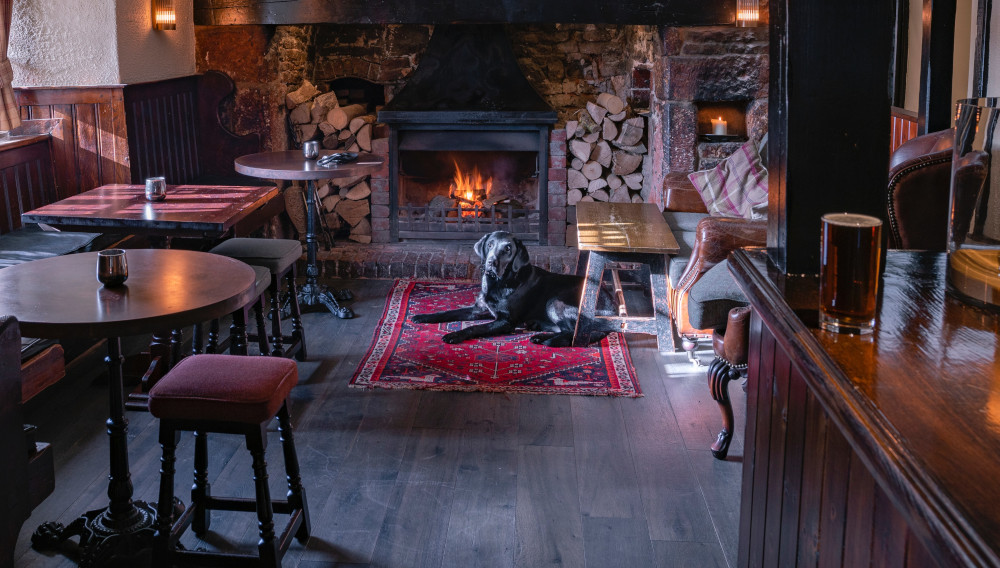The future of the pub
United Kingdom | If the government insists on its two-metre gap rule for pubs, only 30 percent of the UK’s 40,000 pubs and bars will be able to reopen after lockdown, which came into force on 20 March 2020.
But even those who may reopen could see their turnover reduced to 30 percent of previous trade. How viable is that if pubs and bars need 70 percent of their usual patrons to break even?
In his 1943 essay “The Moon under Water”, George Orwell describes his ideal pub: it is known for its “atmosphere” – the “solid, comfortable ugliness of the 19th century” – as much as for the quality of its beer. The lay-out of the place gives one plenty of elbow-room, and it is always quiet enough to talk. Many as are the virtues of the Moon Under Water, the garden out in the back is its best feature.
Orwell’s ideal pub must have been wishful thinking even then, because today there are hardly any pubs left that answer to his description. Before the covid-19 pandemic most pubs were noisy and crowded and this was how people liked them. If you wanted peace and quiet, you went to sit in a church instead.
How to run a viable pub business
Pubs’ late 20th century cosiness is now working to their disadvantage. “We’ve got different characteristics, different layouts, nooks and crannies, Grade II-listed buildings and other things that make it difficult for us to implement the two metres,’ Emma McClarkin, the CEO of the British Beer and Pub Association (BBPA), was quoted as saying.
She believes a much more buoyant 80 percent to 90 percent of bars and pubs in the UK could reopen, if social distances were reduced to just one metre between patrons.
Certainly, larger UK pub chains like JD Wetherspoon and BrewDog can anticipate a return for their roomy boozers. Like other pubcos, which comprise hundreds to thousands of pubs, they are too big to fail. But independent pubs will be staring in cold horror at their figures.
It is apparent, says Tim Hayward in the Financial Times (30 May), that anyone “who had a responsible business plan, a spreadsheet with customer numbers, food prices, income, rent and overheads, balanced and screwed down tight, is unlikely to survive.”
After lockdown comes an uphill battle
Observers point out that already before the pandemic, many pubs were unwell. Between 2002 and 2019, 15,000 pubs were shuttered, which is on average 15 pubs per week. Rapacious landlords, especially in the big cities, had made their businesses unsustainable.
Once they will reopen, they could struggle to find staff willing to work for a minimum wage (BrewDog have long boasted that they pay their staff a “living wage” instead), and customers who will want to visit.
But, then again, ordering a pint from a bartender in a face mask is a freedom far greater than what Brits have known these past months. Even if drinking down the pub will become “a bit like a scene from a weird sci-fi movie”, as the Time Out magazine puts it, it is paving the way for a return to a normality patrons might still recognise.
So, if the fun from being at a pub will be somewhat limited, it will only be a temporary means to an end. Orwell would surely approve of this.


